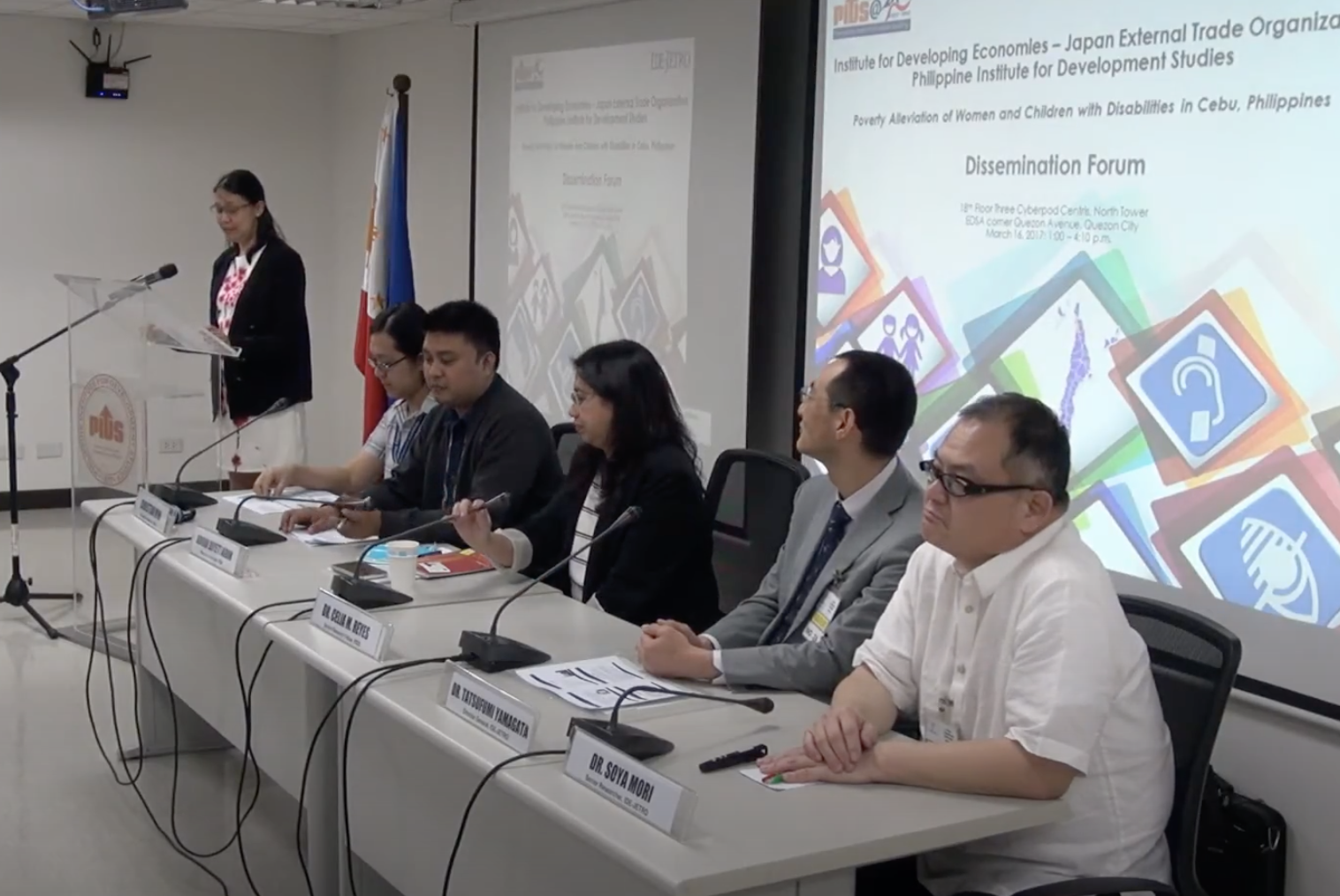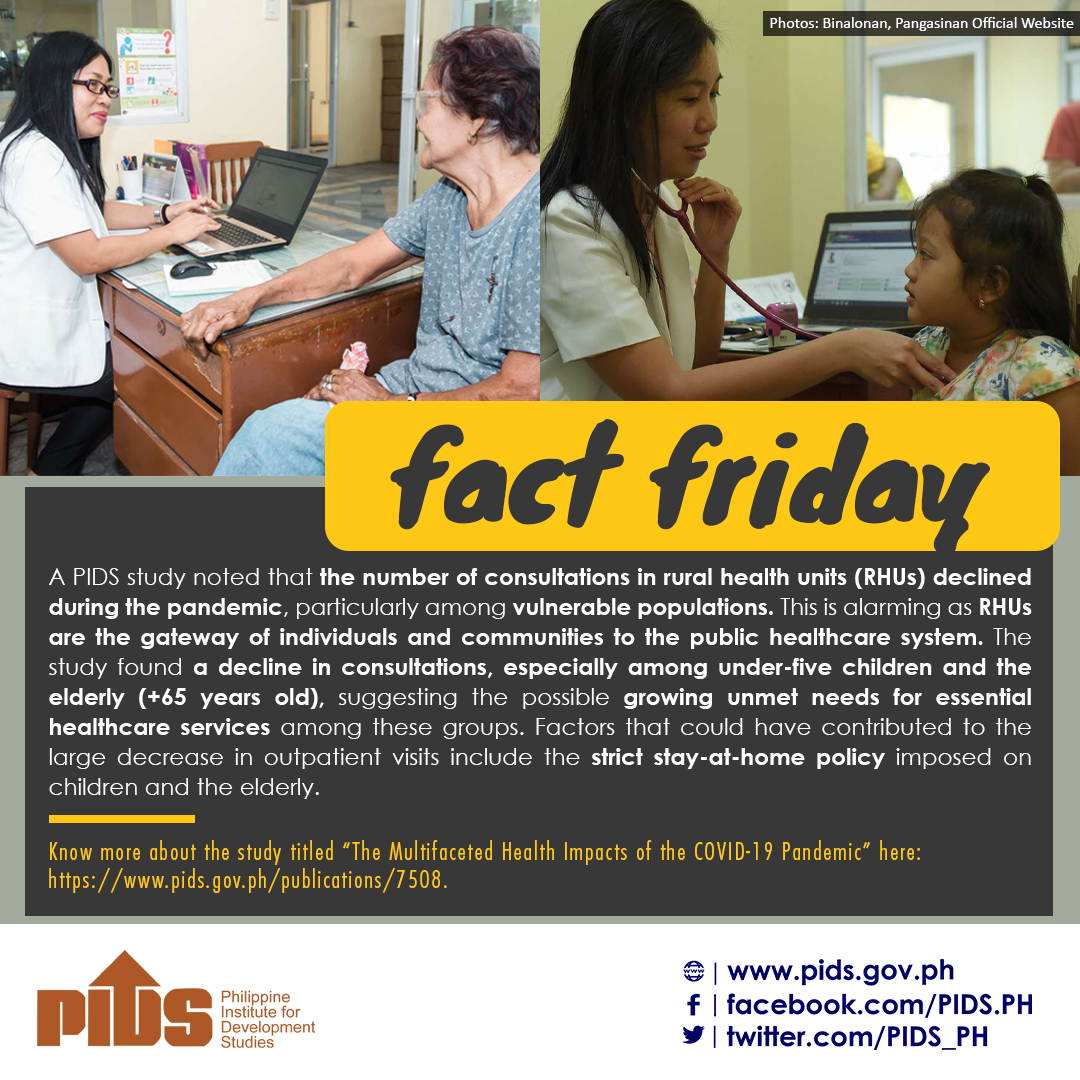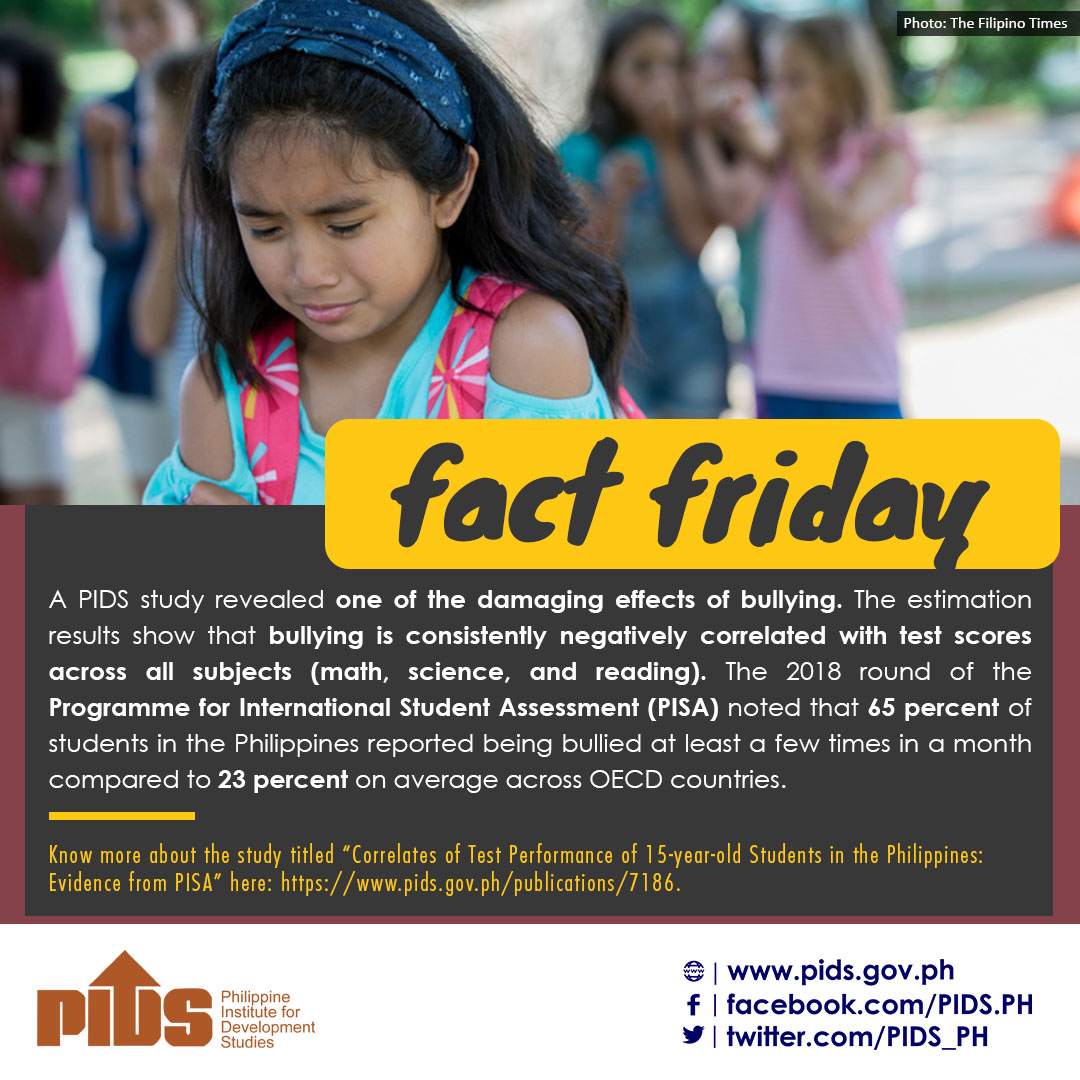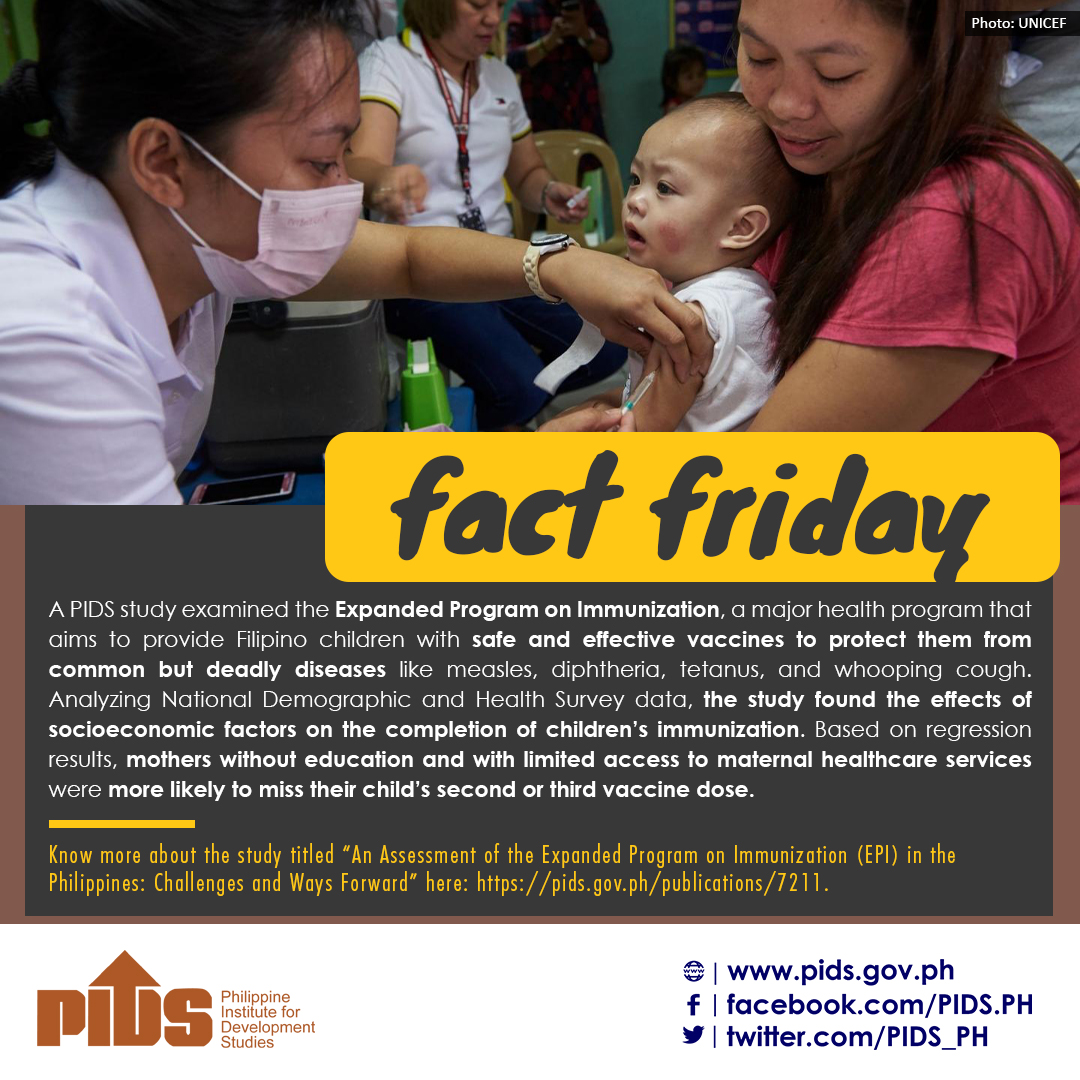DESPITE a law prohibiting children below 18 years old from working, millions of households reported that children between 5 and 17 years of age are still working in poor and rich regions nationwide, according to the Philippine Statistics Authority (PSA).
In its Annual Poverty Indicator Survey (Apis) results for 2019, PSA said of the 15.64 million families with members aged 5 to 17 years old, about 7.6 percent or 1.19 million of the total families had working children.
Around 23.3 percent or 177,000 of households are located in Northern Mindanao, one of the poorest regions in the country followed by the 143,000 households located in Calabarzon, one of the Philippines’s economic juggernauts.
“The Labor Code of the Philippines specifies that no child below 18 years old shall be employed except when he/she works directly under the sole responsibility of his parents/guardian and his/her employment does not in any way interfere with his/her schooling,” PSA said.
While this is the law, in Northern Mindanao, employment is the second top reason for those aged 6 years old to 24 years old not being in school at 21.5 percent. This is second only to marriage or family matters at 27.2 percent.
In Calabarzon, employment is the top reason for those aged 6 years old to 24 years old not being in school at 39 percent while marriage or family matters is a far second at 13.8 percent
Meanwhile, the Apis data showed that the number of households with children who are working are also high in the Bicol region at 133,000 households; Eastern Visayas at 96,000; and, Central Luzon at 81,000.
In Bicol, the top reason for 6-to-24 year olds for not being in school is employment at 27.6 percent; Eastern Visayas, employment at 28.1 percent; and Central Luzon, 40.2 percent.
In terms of residence status, rural areas at 9.5 percent or 745,000 households had a higher percentage of families with working children compared to urban areas at 5.7 percent or 442,000 households.
Employment is also the top reason why Filipinos aged 6 years old to 24 years old are not in school in both rural areas at 28.2 percent and urban areas at 37 percent.
“Marriage or family matters” was the second highest reason for not being in school. In rural areas, this was at 20.9 percent while in urban areas, this was at 17.5 percent.
Prohibiting and eliminating child labor is part of the Sustainable Development Goals (SDGs). Under Goal 8 on promoting employment and decent work for all, one of the targets is to prohibit and eliminate the worst forms of child labor.
The same indicator also sought to eradicate forced labor and, by 2025, end child labor in all its forms, including the recruitment and use of child soldiers.
Based on a recent study by state think-tank Philippine Institute for Development Studies, the country’s performance may have also regressed in terms of decent work and economic growth under SDG 8 given the millions who lost their jobs during the lockdown.
The SDGs are composed of 17 goals with around 169 targets with 230 global indicators adopted in September 2015.
The Global Goals aim to end poverty and hunger, promote universal health, education for all and lifelong learning, achieve gender equality, sustainable water management, ensure sustainable energy for all, decent work for all, resilient infrastructure, and reduce income inequality between and among countries.
The goals also include create sustainable cities, ensure sustainable consumption and production, take action against climate change, conserve and sustainably use oceans and marine resources, reduce biodiversity loss, achieve peaceful and inclusive societies and revitalize global partnership for development.











